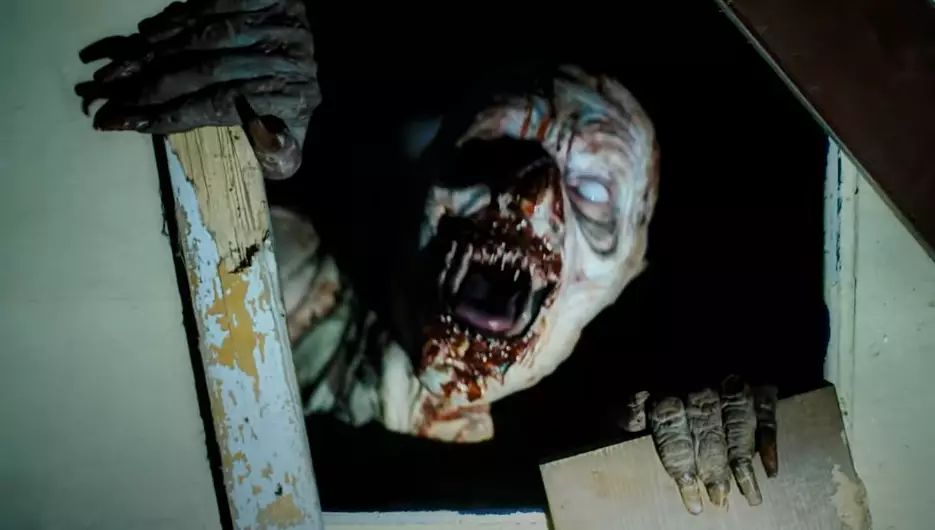David F. Sandberg, known for delivering thrilling cinematic experiences, recently faced the crucible of fan loyalty with his like-it-or-not foray into superhero films. After the less than stellar response to “Shazam: Fury of the Gods,” it would have been easy for Sandberg to retreat from the world of intellectual property adaptations altogether. The intensity of some fans’ reactions, including death threats that he candidly described, highlights a disturbing facet of modern fandom—where passion can easily morph into toxicity. It raises a significant question: how much should creators weigh the fury of passionate fans when venturing into adaptations with high stakes?
Finding Inspiration in Innovative Storytelling
Despite contemplating a strategic withdrawal from IP-based projects, Sandberg found himself irresistibly drawn to “Until Dawn.” The film’s intriguing premise—a time loop that forces characters to confront an evolving array of horror threats—provided a fresh narrative vehicle that promised not only suspense but also emotional complexity. This narrative chance offers a more dynamic storytelling approach compared to traditional adaptations, making it appealing to both newcomers and the game’s pre-existing fan base. Sandberg’s appreciation for the time loop mechanism reflects an acute awareness that simply replicating the game on-screen may not do justice to its inherent depth and interactive nature. His choice illustrates a savvy understanding of how to bridge the divide between fan expectations and creative storytelling.
Adapting with Wisdom and Caution
The criticism faced by adaptations that stray from their source material often circles back to nostalgia. Fans have an emotional attachment to characters and plots that shaped their experiences. Sandberg’s understanding that trying to recreate the game verbatim could lead to inevitable disappointment—considerations like aging actors and evolving storylines—reveals a nuanced strategy in adapting beloved properties. Instead of simply recycling elements of the original, he opted for a fresh narrative that retains the essence of the game but allows for new interpretations and twists. This approach not only showcases Sandberg’s creative insight but also understands the audience’s complex relationship with the original material.
The Financial Stakes of Creativity
“Until Dawn,” with its reported $15 million production budget, is entering a competitive landscape where box office estimates hover just under that benchmark for its opening weekend. This creates a precarious scenario for studios investing in adaptations, particularly horror, where audience expectations can be unpredictable. The challenge is twofold: cater to the core fanbase while enticing broader audiences who may not have engaged with the original content. Sandberg’s direction could potentially redefine how adaptations are perceived, creating a narrative framework that elevates both the source material and the cinematic experience.
As “Until Dawn” unveils itself to audiences, it beckons viewers to reconsider what constitutes success in adaptations. In an age rife with fan backlash and high expectations, Sandberg’s willingness to explore innovative storytelling could either pave the way for more creative risk-taking in the genre or reinforce fears about straying too far from beloved narratives. The stakes are high; one can only hope his gamble pays off as fresh twists and engaging storytelling unfold on-screen.


Leave a Reply